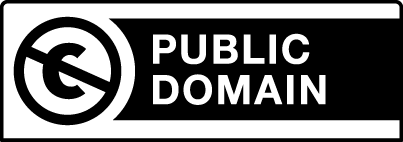8 Public Domain
How a Work Enters Public Domain |
Public domain works are free from copyright and enter the public domain in one of four ways:
1. The copyright expires.
While copyright terms are longer than ever before, they are not infinite. In most countries, the term of an individual’s copyright expires 50 years after death. In some countries, the term is longer and can be up to 100 years after the author dies.
2. The work was never entitled to copyright protection.
Copyright covers vast amounts of content created by creators, but certain categories of works fall outside the scope of copyright. Such as, ideas and facts are not copyrightable.
The Berne Convention identifies additional categories, such as official texts of a legislative, administrative, and legal nature, leaving member countries to decide if they exempt those texts from copyright protection. Most countries deny copyright for statutes, as an example. In some countries, works created by government employees are excluded from copyright protection and are not eligible for copyright.
3. The creator dedicates the work to the public domain before copyright has expired.
In most parts of the world, a creator can decide to forego the protections of copyright and dedicate their work to the public domain. Creative Commons has a legal tool called CC0 (“CC Zero”) Public Domain Dedication that helps authors put their works into the worldwide public domain to the greatest extent possible.
4. The copyright holder failed to comply with formalities to acquire or maintain their copyright.
Today in most countries, there are no formal requirements to acquire or renew copyright protection over a work. This was not always the case, however, and many works have entered the public domain over the years because a creator failed to adhere to formalities.
